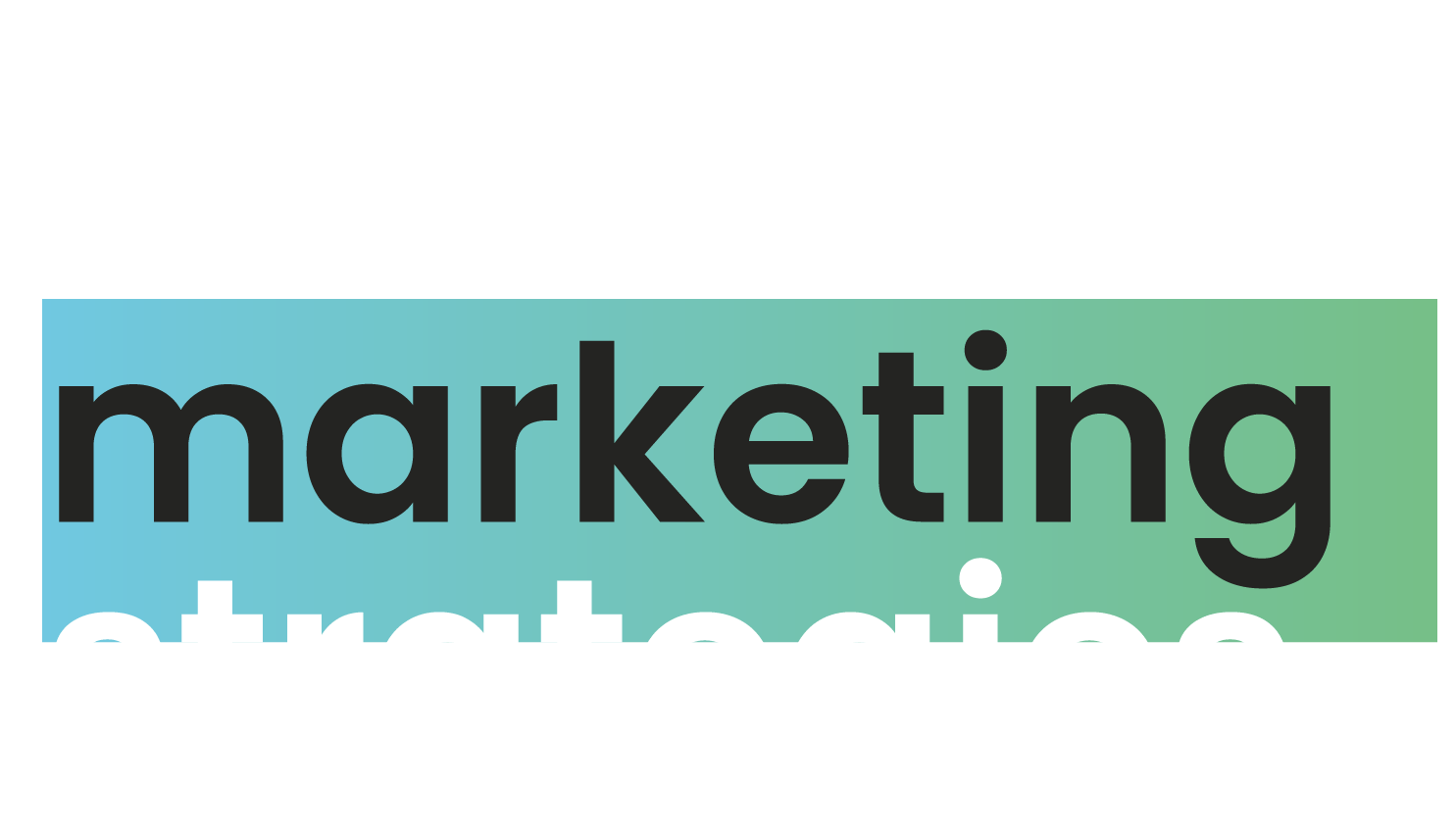Simply put, if you have just started any business and let’s say you have to invest 50000$ keep in mind that 40% should be invested in advertising your product or company.
It could seem too much, but don’t be that greedy. It’s a really important investment into the development of your company or promoting your production.
Even though digital advertisement is extremely important, there is one moment you have to stick to. People got tired of it! You see thousands of ads strolling the streets of any American city. That’s where Anti-Marketing has its roots.

What is anti marketing, and what is the purpose of it?
The definition of marketing is known basically to everybody and especially if you run some business that should be the first word in your vocabulary, but to stay up-to-date let me offer you a chance to change it a bit.
Anti advertisements are a usable tool right now. These are not the usual ads that sing praises to the company or the product. We have to forget about using only positive selling tactics, as long as people used to hate something that makes them do something on purpose.
People don’t like doing what they’re being told! Anti-ad is based on the use of some tactics of self-criticism, sarcasm, and reverse psychology. These tips help to attract customers in an over saturated advertisement world. In this article, you’ll find everything about effective Anti-Marketing strategies, how and where to use them wisely, and how to increase your income with anti marketing campaigns.

Important “hooks” you should hold on to:
-
Psychological factor
We’ve mentioned a moment with reverse psychology already. So don’t be surprised to find out that marketing is connected tight to it. Marketing is not only about selling products it’s not enough just to set the price for the item and patiently wait for customers, in the world of high competition you have to “fight” for customers’ attention. To keep their attention you have to find some triggers and that’s where psychology starts. They could be visual (beautiful picture, video, promo) sensual (testers of some products that you can touch and feel), or sound triggers (nice jingle jangle, slogan, etc.)
What about the tricks of reverse psychology? It’s a tactic that is based on the phenomenon of an opposite reaction of a person that was expected. Let’s say that it’s a positive reaction to something that was supposed to provoke a negative one. A simple example of it is just like the situation with your kid when you tell them not to eat chocolates before dinner and they still try to sneak several candies. This is how our stubbornness works: we want to do what we want, not what others tell us, that’s the same situation with advertising. Instead of saying directly “Buy our product, because the taste is perfect” it’d be better to use “Love it or hate it” that’s what famous company Marmite did.
Marmite was a food brand, salty paste that divided customers into two parts: those who liked the taste and those who found it disgusting. Such an extraordinary product was created by accident by its founder.
Conversational marketing would rather defend it by praising its health benefits and the exotic character of the taste of a paste. But bad publicity is publicity as well. That’s why even though the call of Marmite’s slogan could sound a bit risky because the public just got an offer to smear the reputation of a product and “hate it” it worked completely vise versa.
That slogan turned the product into some kind of exotic and its admirers into gourmands. Subconsciously everybody wanted to be considered it that’s why they’ve taken the risk of buying such questionable food.
Another great example of a successful anti marketing shot is a good old advertisement for a chocolate bar, Twix. Everyone remembers the silly and ironic plot about two sticks of chocolate, “left one and the right one”.
By legend, they were made by brothers in different factories that were on the left and the right and manufactured the right “side” chocolates ( even though they’re completely the same). And the slogan was “Try both and pick a side”. It was the call to buy the bar but without exaggerating its taste benefits marketers allowed us to decide if it was tasty or not and even did a small silly intrigue about the probable difference between two sticks, again a great example of distinguishing customers into two parts.
Wu-Tang’s original way of advertisement was also really buzzing. While they’ve released their most recent album Once Upon a Time in Shaolin they’ve decided to apply some interesting anti marketing tactics– holding their product from customers’ hands.
The music industry has developed in recent why the access to free records became easier than ever before, turning some artists into live musicians. Wu-Tang Clan decided to make some money by pressing only one copy of their album. This created a huge outrage among their fans, and that outrage was of course the part of the advertisement.
Some people wanted to become a part of history by buying this album, and it was sold for “pharma villain” Martin Shkreli for $2 million. Wu-Tang saved up a lot of time and money because by selling out the copies traditionally they’d have to distribute approximately 1 million albums to earn the same income (assuming Wu-Tang earns 15% on every $10.99 album).

-
Brainstorming
You got the idea of the effectiveness of anti marketing marketing strategies up to this moment. Now, after creating some impression for yourself, you start thinking about using anti marketing as your business strategy. There is quite a laundry list of methods, and it depends on your creativity and the industry you’re working in. But there’s quite the same principle that fits everything- brainstorming. First, you’re the first one who’ll have to deal with it, you need to push your mind to creativity ( sometimes it could be even something light and a bit silly, like a Twix ad, but it keeps the attention and is memorable). With the idea that has this ‘brainstorming” effect, you’ll get even more attention than was supposed to be yours because it causes inner conflict in the person who’s watching it. Sometimes even the individual that is not interested in such a product concentrates their attention because of the contradiction of their expectations. Some kind of crazy ad that could seem too much will still catch attention because it simply stands out, that’s why don’t be scared to create something crazy in some ways.

-
Stick to the “Do Not Buy It” rule
Again the part of reverse psychology and the strongest one. It’s not only the trick that makes customers release their stubbornness and still spend money for the item but also a good sign for them that you can make fun of yourself, you’re not scared of criticism. That makes sense when people feel a bit more friendly towards your company because you keep them closer by accepting AND SHARING ( by the use of such self-roasting tricks) any thoughts about your production.

-
Get out of a friend zone
That is the moment when anti-marketing can help as well. Similarly, as we get into the friend zone in human relations we can get there in marketing as well, “I like it, but I’ll not buy it”. Let’s dig a bit deeper and find some psychological hints about it.
Usually, our friends share our points of view much more than our lovers, and we usually find it difficult to become lovers with some person that is the same. Extremes meet! Why is it happening because we see that we’re missing something as our trait or some experience, knowledge, feeling, emotion? We’re looking for it somewhere outside because we can’t find it ourselves.
Sometimes when you go shopping you subconsciously think about the “confirmation” of the store “buy this item” and that’s what gives you a choice, your one that may be you’re not ready to perform because of thousands and thousands of proposals that are the same. That’s what keeps you, as a seller, in a friend zone. You’re nice, I’ll be your friend, but I’ll also look for something else, wait for me a bit.
To get out of it, you can use a tool of anti-advertisement and get the customer making a little conflict with them by saying not to buy the product. Anti-marketing by big brands is a completely normal phenomenon, the same phrase was used by Patagonia in 2011 on Black Friday. The label “Don’t buy this jacket” caught surprisingly a lot of attention and attracted more customers, even though it was supposed to scare them away.





